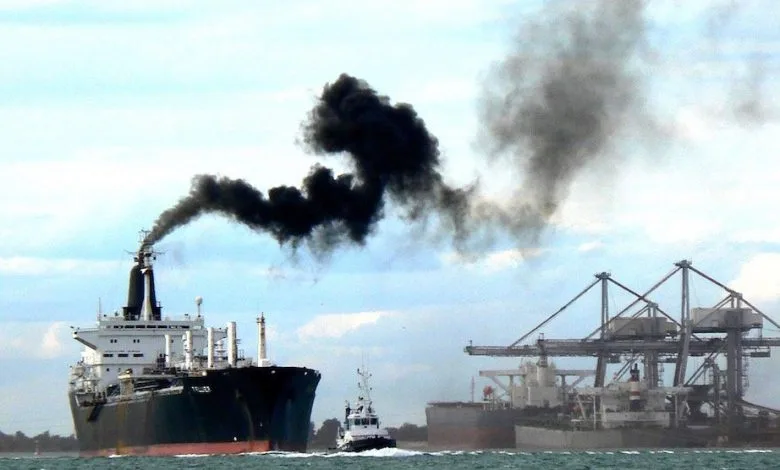In the vast expanse of our oceans, a silent crisis is unfolding – the proliferation of dirty ship. These vessels, laden with pollutants and contaminants, traverse the seas, leaving behind a trail of environmental destruction. From oil spills to toxic waste dumping, the consequences of dirty ships are far-reaching and severe. In this article, we delve into the depths of this issue, exploring its causes, impacts, and potential solutions.
Understanding Dirty Ships
Dirty ships, also known as polluting vessels, are those that fail to comply with environmental regulations and standards set forth by international conventions such as the International Maritime Organization (IMO). These ships often engage in practices such as illegal oil dumping, discharge of untreated sewage, and emission of harmful gases.
Causes of Dirty Ships
Several factors contribute to the proliferation of dirty ships.
Regulatory Gaps: Despite the existence of international regulations governing maritime pollution, enforcement mechanisms are often lacking, allowing rogue ship operators to flout the rules with impunity.
Cost-cutting Measures: In a highly competitive industry, some shipowners resort to cost-cutting measures, including bypassing environmental regulations, to maximize profits.
Lack of Awareness: Many crew members and shipowners may not fully grasp the environmental consequences of their actions or may choose to turn a blind eye to them.
Impacts of Dirty Ships
The environmental impacts of dirty ships are profound and multifaceted.
Oil Spills: Accidental or intentional oil spills from dirty ships pose a significant threat to marine ecosystems, causing widespread pollution, harming marine life, and disrupting fragile ecosystems.
Marine Pollution: Dumping of untreated sewage, chemicals, and other waste products directly into the ocean contributes to marine pollution, leading to water contamination and habitat destruction.
Air Pollution: Dirty ships emit pollutants such as sulfur dioxide, nitrogen oxides, and particulate matter, contributing to air pollution and adversely affecting air quality in coastal areas and beyond.
Bioinvasion: Fouling of ship hulls with invasive species can lead to the spread of non-native organisms, disrupting native ecosystems and threatening biodiversity.
Climate Change: Emissions of greenhouse gases from dirty ships, particularly carbon dioxide, contribute to climate change, exacerbating global warming and its associated impacts on marine and terrestrial ecosystems.
Solutions to the Dirty Ship Crisis
Addressing the issue of dirty ships requires concerted efforts at the international, national, and individual levels.
Strengthening Regulations: Governments and international bodies must strengthen regulations governing maritime pollution and enhance enforcement mechanisms to deter illegal activities.
Technological Innovation: Investing in cleaner technologies, such as exhaust gas cleaning systems (scrubbers) and alternative fuels, can help reduce emissions from ships and mitigate their environmental impact.
Enhanced Monitoring and Surveillance: Utilizing satellite technology, aerial surveillance, and onboard monitoring systems can help detect and deter illegal activities, such as oil dumping and sewage discharge.
Education and Training: Increasing awareness among shipowners, crew members, and other stakeholders about the environmental consequences of their actions is crucial for fostering a culture of environmental stewardship within the maritime industry.
Collaboration and Partnerships: Collaboration between governments, industry stakeholders, environmental organizations, and academia is essential for developing and implementing effective solutions to the dirty ship crisis.
Conclusion
The proliferation of dirty ships poses a grave threat to the health of our oceans and the well-being of marine ecosystems. Addressing this crisis requires collective action and a commitment to upholding environmental standards and regulations. By implementing stringent regulations, investing in cleaner technologies, and fostering a culture of environmental stewardship, we can mitigate the impacts of dirty ships and safeguard the future of our oceans for generations to come.







